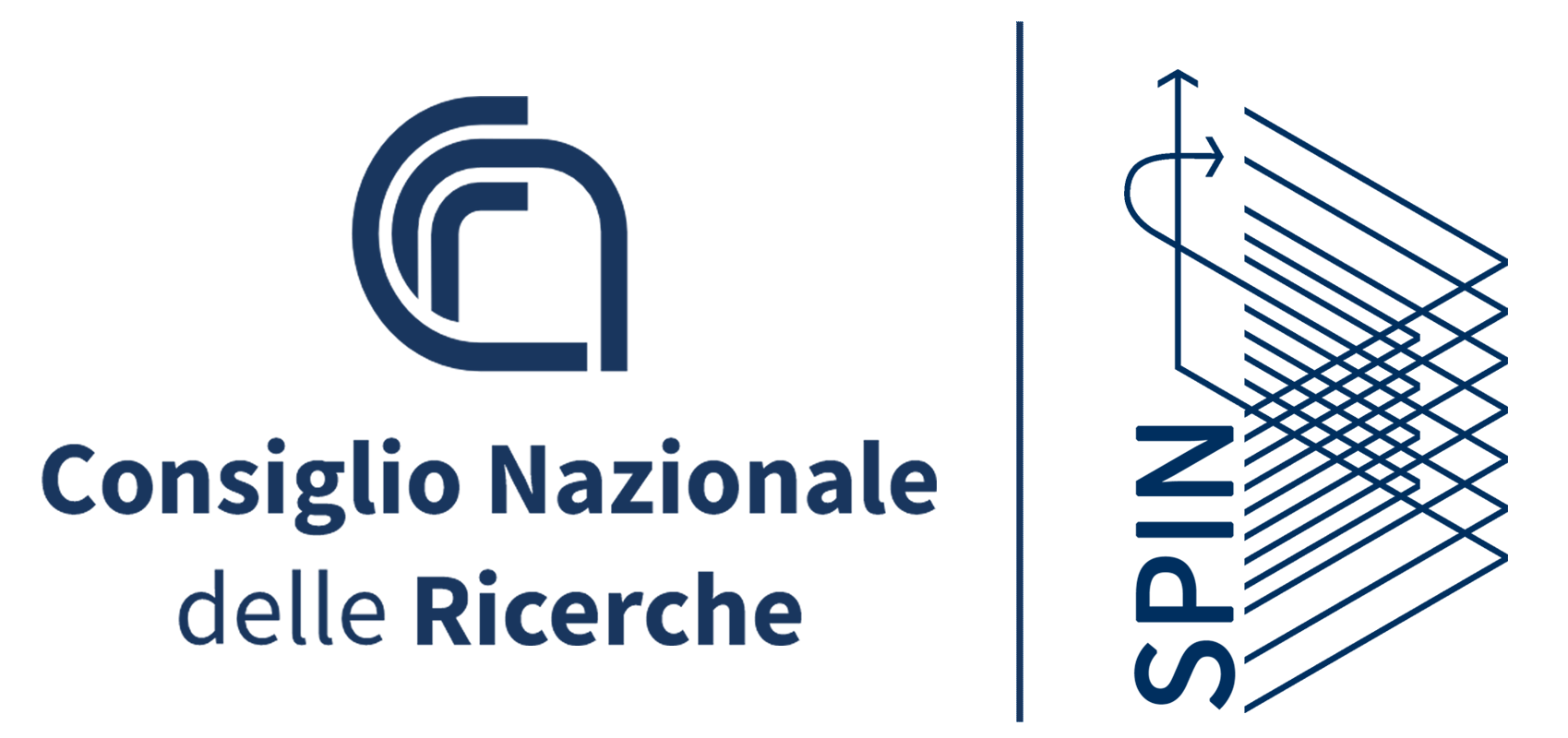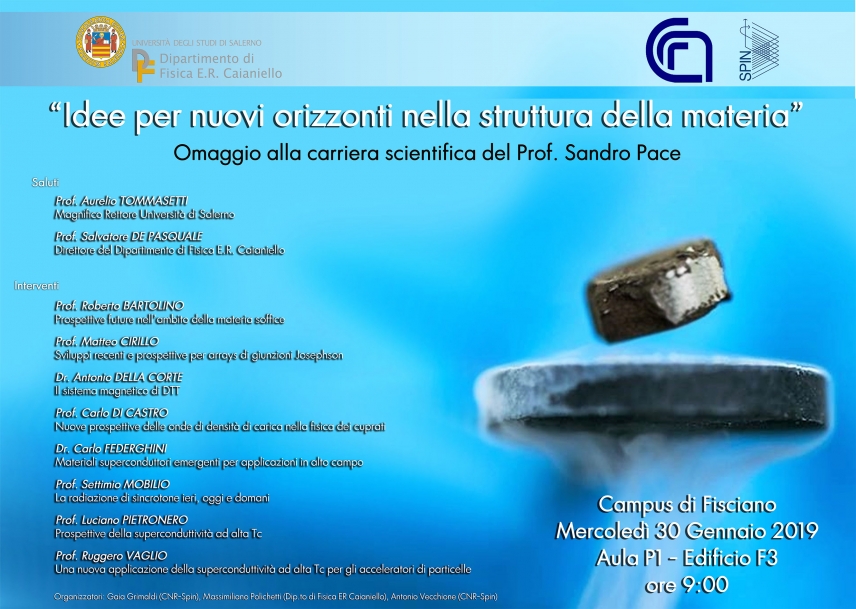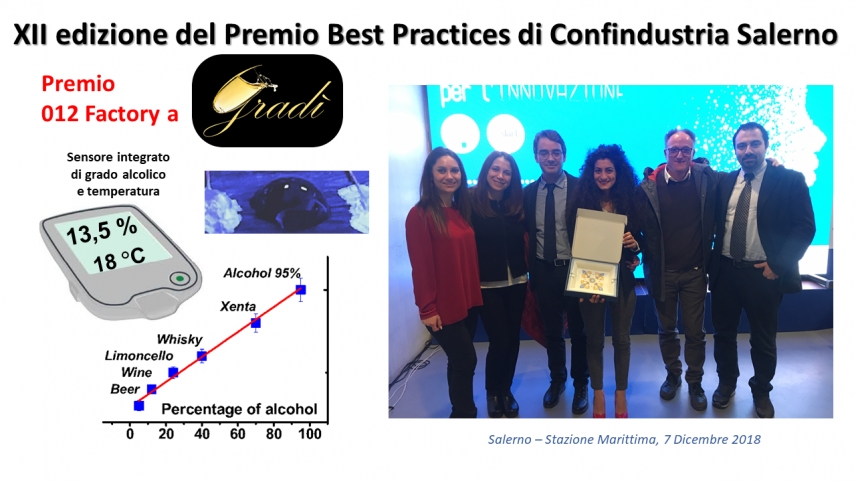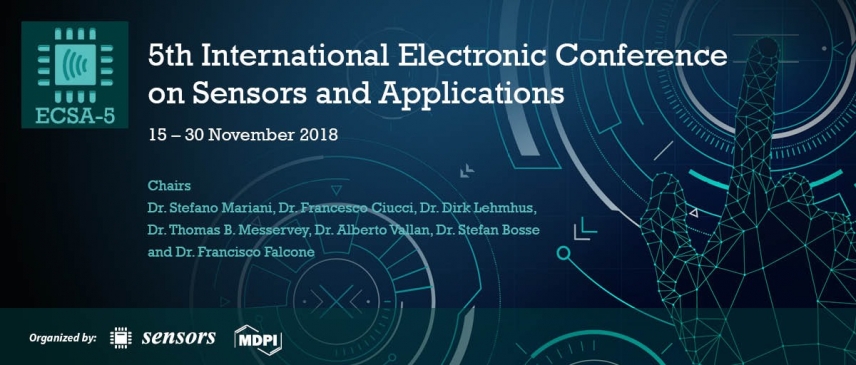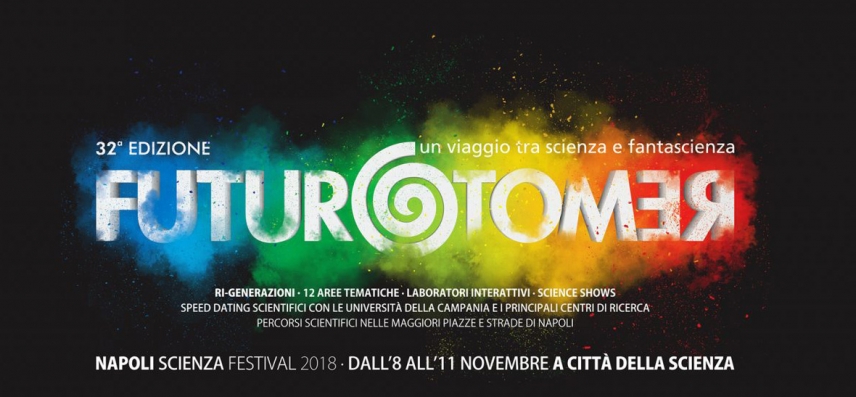CNR-SPIN is coordinator of the H2020 FET-Open project “OXiNEMS” financed by the Research Executive Agency of the European Commission. The 4-years OXiNEMS project has been granted 3 MEur for developing innovative nanoelectromechanical systems (NEMS) based on multifunctional (epitaxial) transition metal oxides,
OXiNEMS - H2020 FET-OPEN
- Published in News
